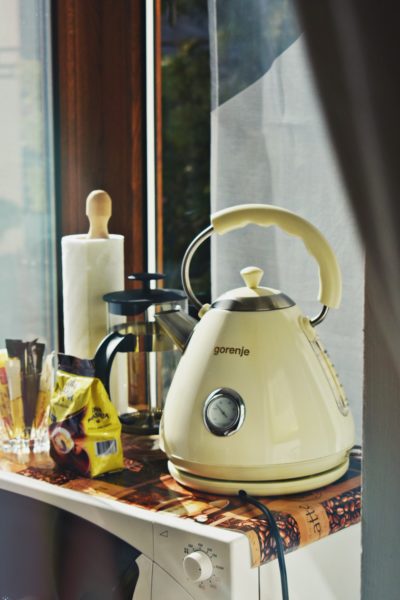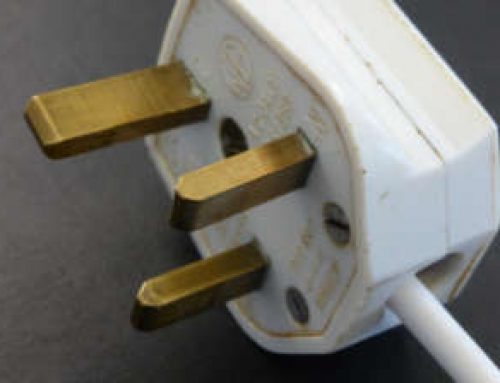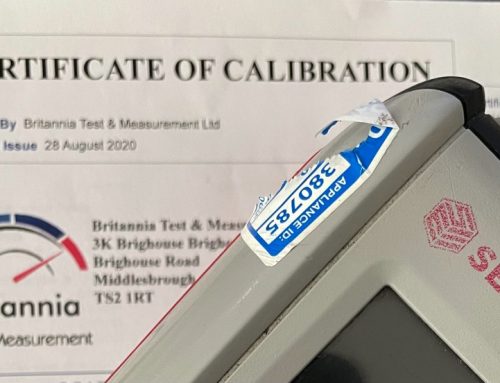To be “portable” means for an appliance to not be part of the building or fixed system, meaning that it needs to be able to be easily disconnected from the main power supply and moved to another location. So that “PAT test” only relates to appliances that can be unplugged.
A simple definition would be: you should PAT test any appliance fitted with, or intended to be fitted with a plug, to be plugged into a socket, which is a reasonable rule to follow.
Any appliance or lead with a plug will need PAT testing, including extension leads, and other leads, which you may not think of as being an actual “appliance”.
It is important that you remember that PAT testing doesn’t just apply to appliances provided by the employer, or used at work, but any appliances brought into the workplace. So if Joanne in finance brings her hair straighteners to work they need to be tested too, and if Dave from marketing has a laptop he uses at home, the power supply he keeps there also needs testing.
Controlling what equipment brought into work is difficult so many businesses take the stance that personal equipment should not be brought to work.
This should also apply to anyone working on your premises, such as contractors, mobile DJs etc – you need to see their PAT Certificates to show that they too maintain their appliances to be safe.



